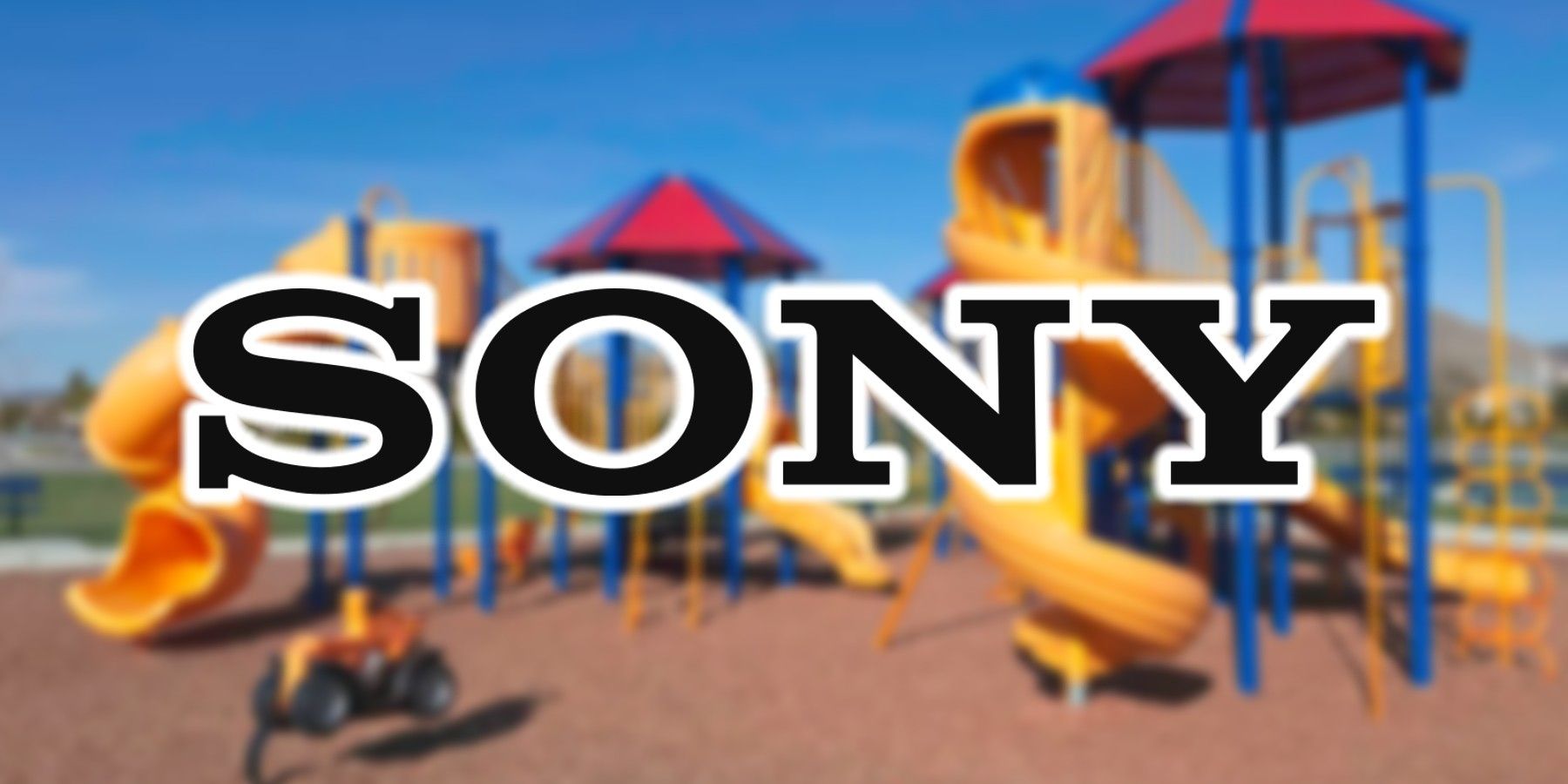Highlights
- Sony is creating digital actuality foot sensors for immersive gameplay, permitting gamers to regulate characters with their toes.
- The patent goals to deal with movement illness by enabling gamers to maneuver in-game characters with foot sensors, decreasing torso motion.
- Whereas Sony’s developments in VR know-how are promising, it’s unsure if the foot sensor or different patents will result in know-how that’s accessible for shoppers.
Based on a newly printed patent, Sony is actively engaged on digital actuality foot sensors that will enable gamers to maneuver in VR video games utilizing their toes. Sony’s digital actuality patents have caught the attention of audiences, with many curious as to which, if any, of the corporate’s newest analysis and improvement initiatives will ever be made accessible to the general public.
A powerhouse within the know-how and leisure industries, Sony has firmly established itself as a front-runner in digital actuality gaming. With the PSVR and PSVR2 techniques accessible for pairing with the PlayStation household of consoles, Sony has opened up efforts to convey greater ranges of immersion into the realm of video video games. So as to make this side of gaming extra accessible and cozy for some customers, Sony is at present creating an attention-grabbing new method to play VR video games.

Associated
Sony Patents New Age Restriction System That Might Routinely Lock PlayStation Accounts
A brand new Sony patent particulars an age restriction system that will lock PlayStation accounts to forestall kids from taking part in inappropriate video games.
Revealed on Could 23, the Sony VR foot sensor patent particulars a novel accent system that will enable customers to maneuver an in-game character utilizing their toes whereas protecting their torso secure. The patent means that gamers who might expertise movement illness as a consequence of their in-game character transferring whereas their precise physique stays stationary may benefit from with the ability to transfer their toes to carry out in-game actions. Reasonably than merely utilizing hand controllers to maneuver a personality, gamers might connect foot sensors and use swinging, tilting, and twisting motions with their toes to expertise the sport and keep away from movement illness. This effort by Sony to enhance accessibility in gaming displays an identical sample in different latest patents, suggesting that the know-how big might hope to succeed in much more audiences throughout its shopper bases.
Figures 5-10 of the Sony VR foot sensor patent present how the sensors are connected to both facet of every foot and the way totally different actions, reminiscent of sliding or rotating, will be translated into in-game actions. An instance from the patent is in-game leaping, which may very well be triggered by transferring each toes above a sure threshold. The sensors would calculate the displacement of the toes from their baseline location and decide {that a} leaping motion has been made, ensuing within the VR character performing a leap. This might enable gamers to maintain their torso nonetheless and play principally with their toes, opening up quite a lot of accessibility choices. Nonetheless, it’s key to notice that firms like Sony continuously file new online game know-how patents, and with out official bulletins, there is no such thing as a assure that this VR foot sensor will ever be produced and offered.
Digital actuality stays a polarizing instrument within the know-how, leisure, and online game industries. Whereas sure digital and augmented actuality gadgets have confirmed fashionable, many stay unable to make use of these instruments as a consequence of points like movement illness, restricted mobility, and different well being considerations. By providing accessible choices for gaming, Sony might develop taking part in alternatives to extra audiences, although it stays unknown if the VR foot sensor or another newly patented Sony applied sciences will ever be accessible to shoppers.

Sony
- Date Based
-
Could 7, 1946
- Headquarters
-
Minato Metropolis, Tokyo, Japan






